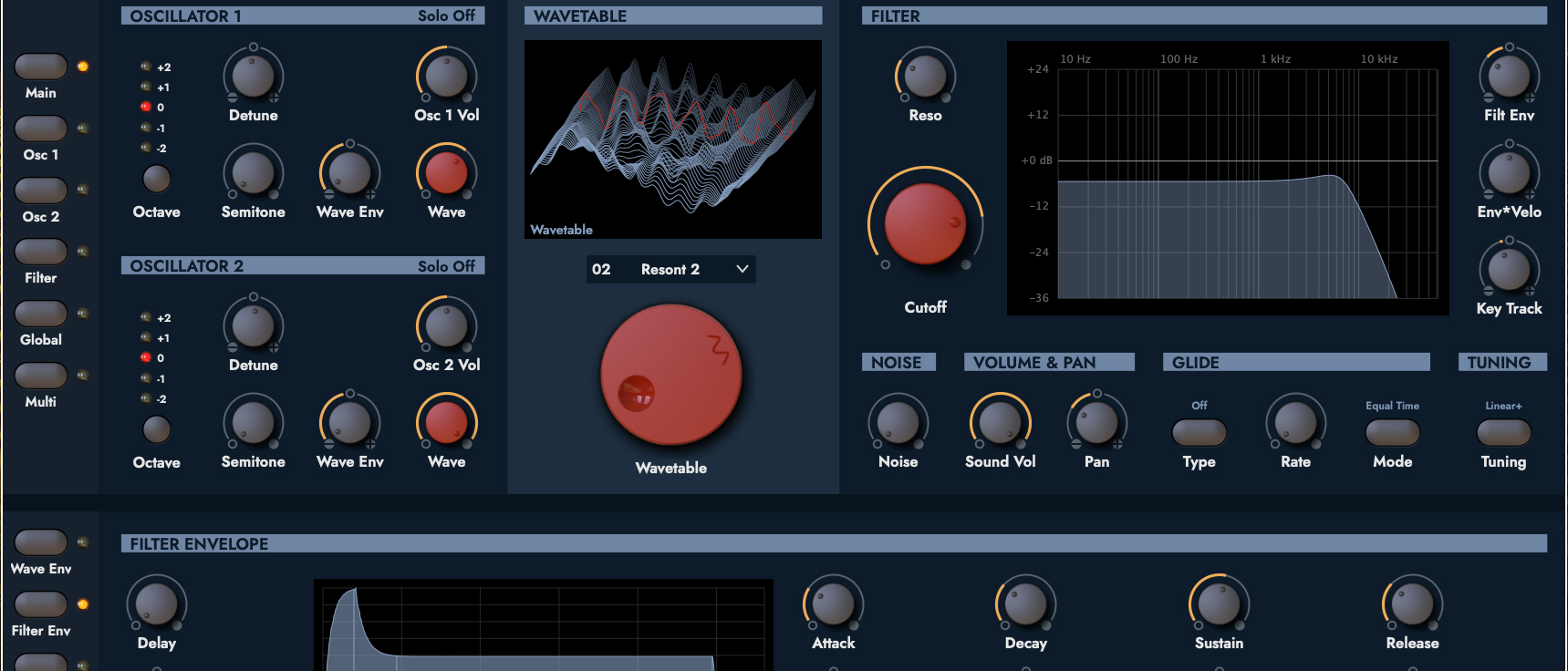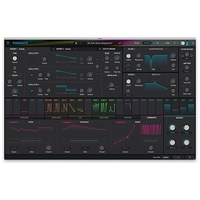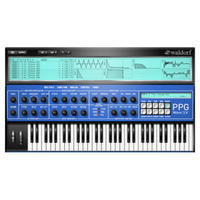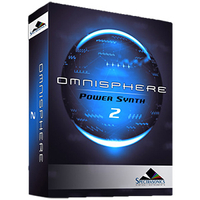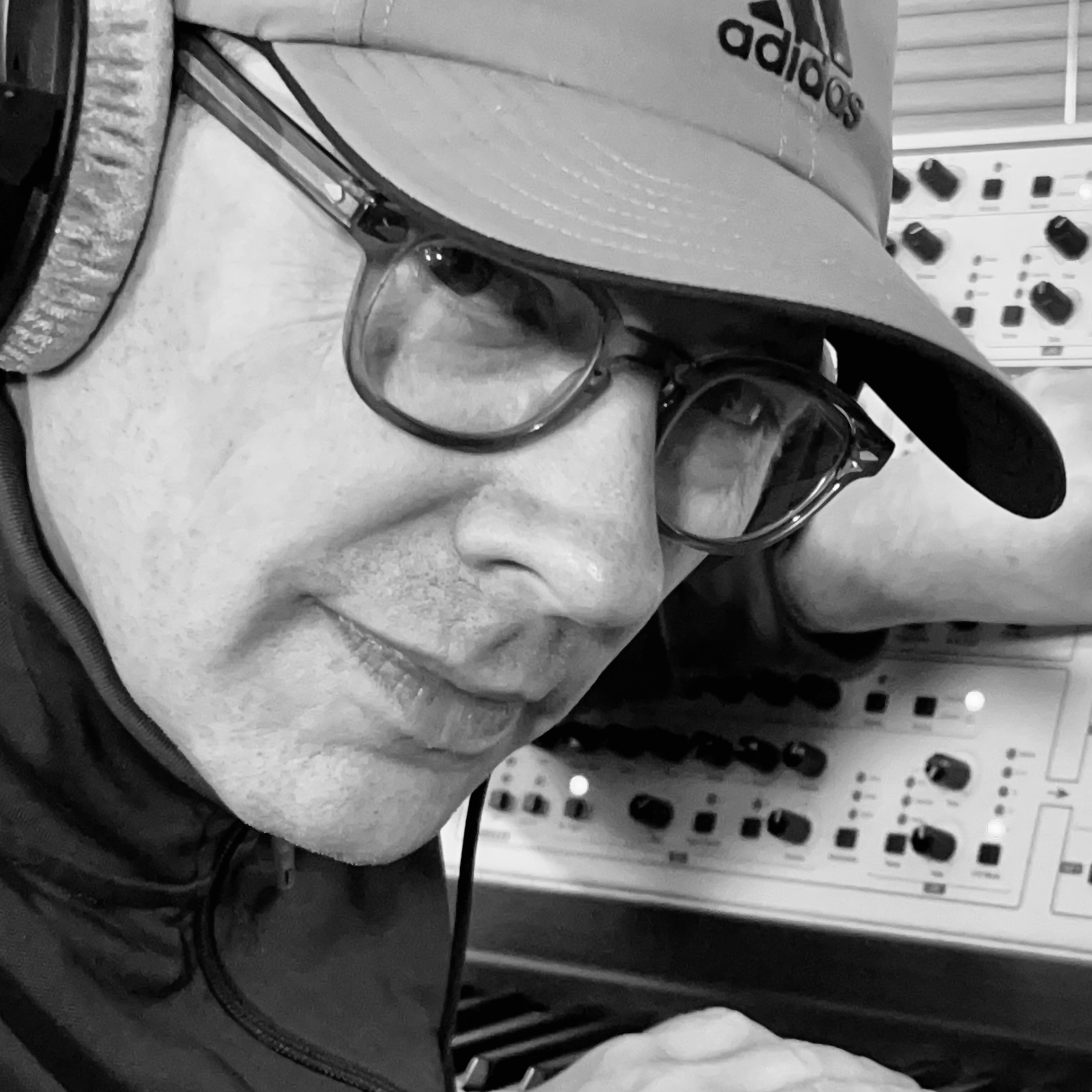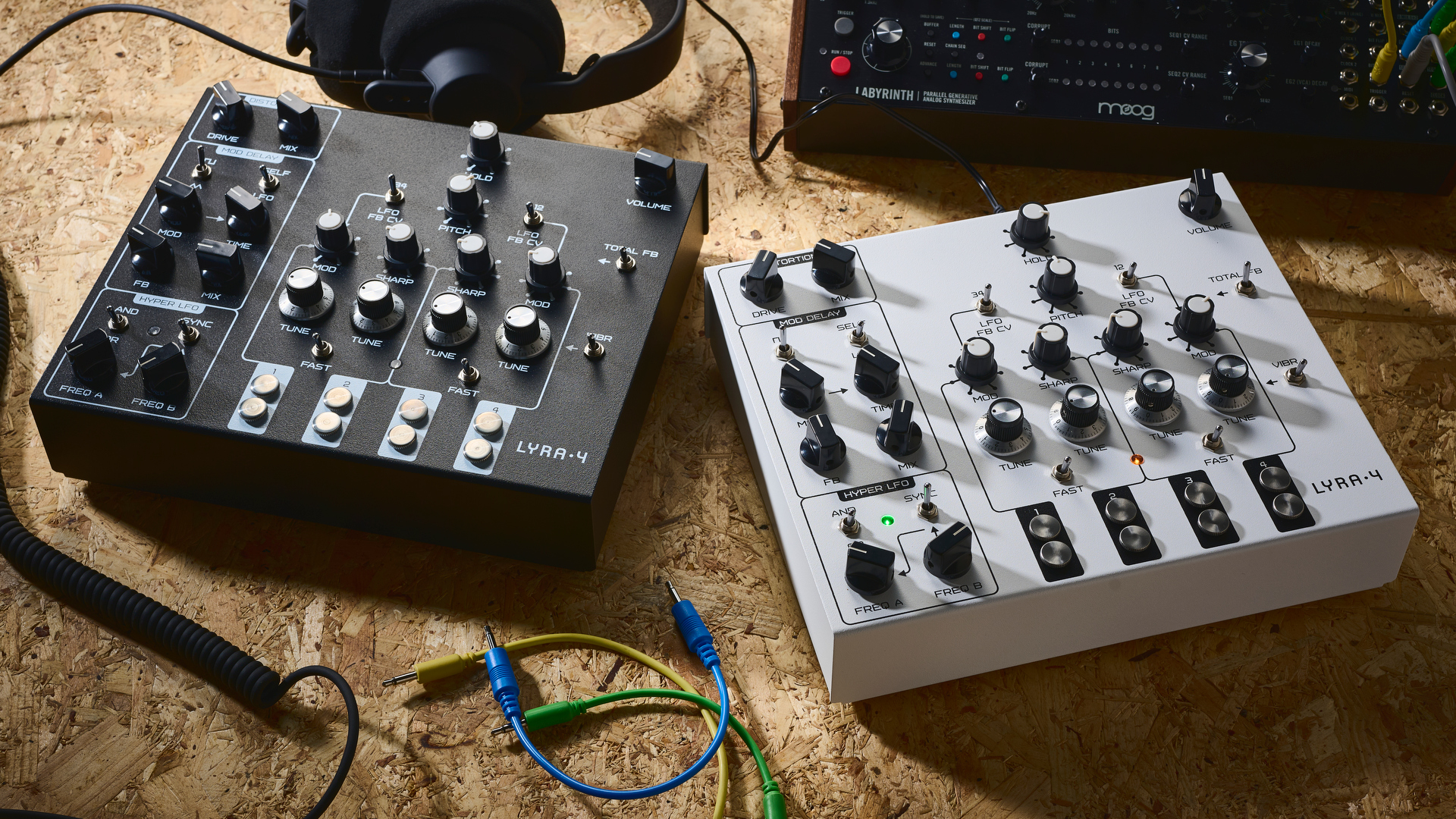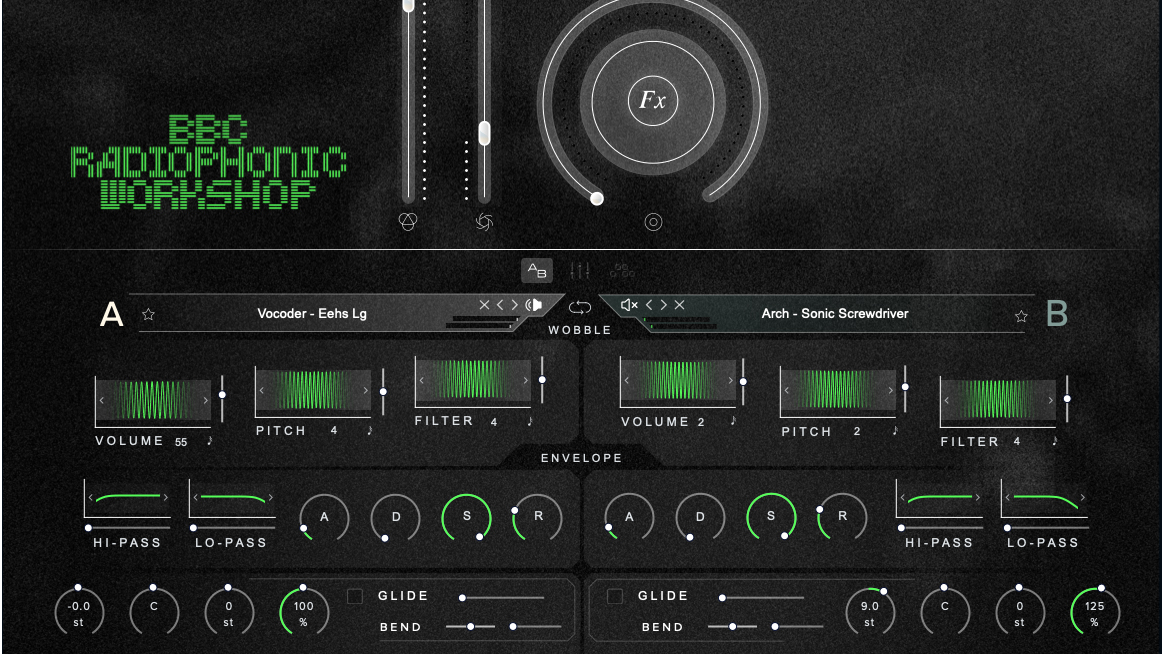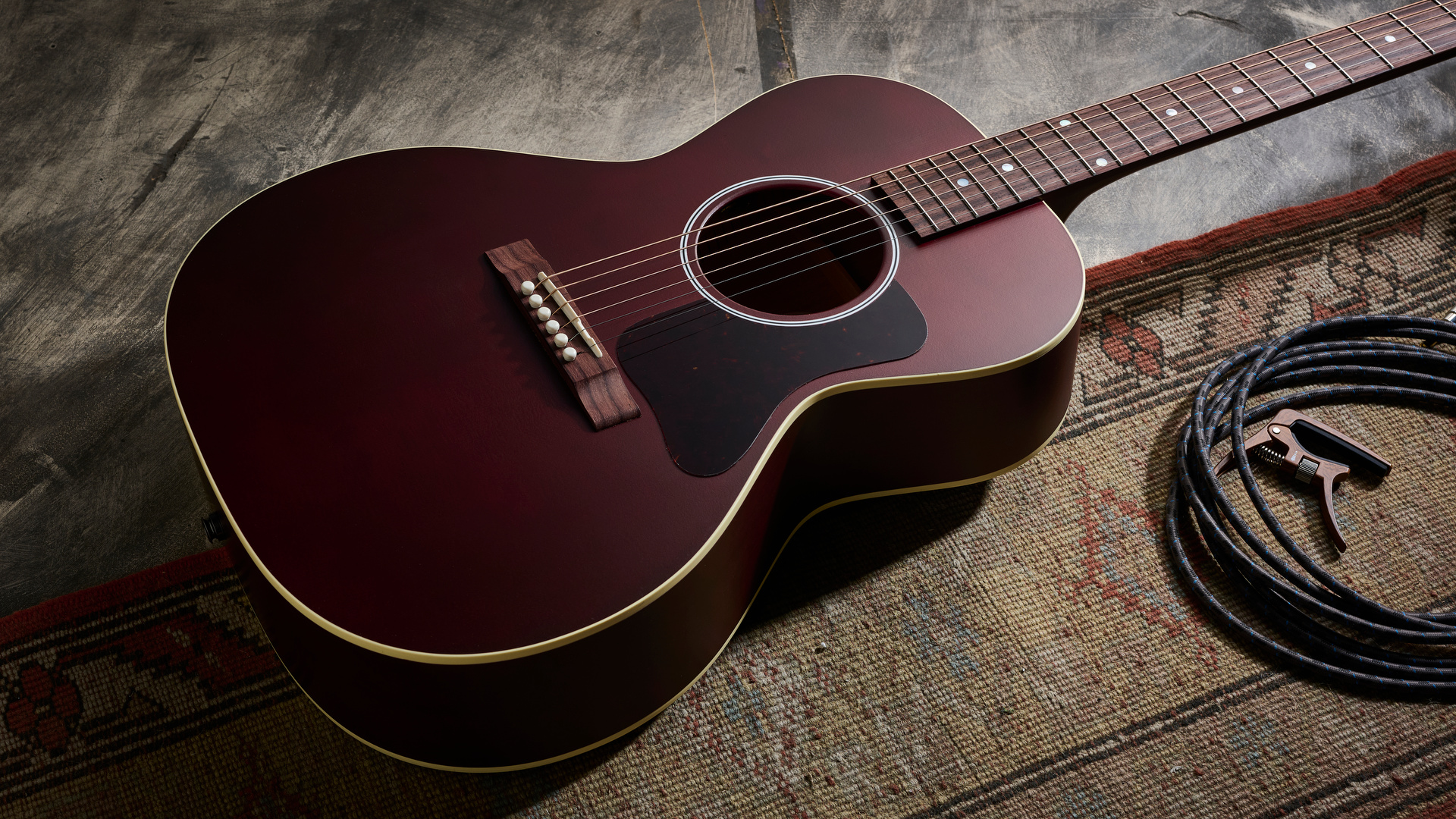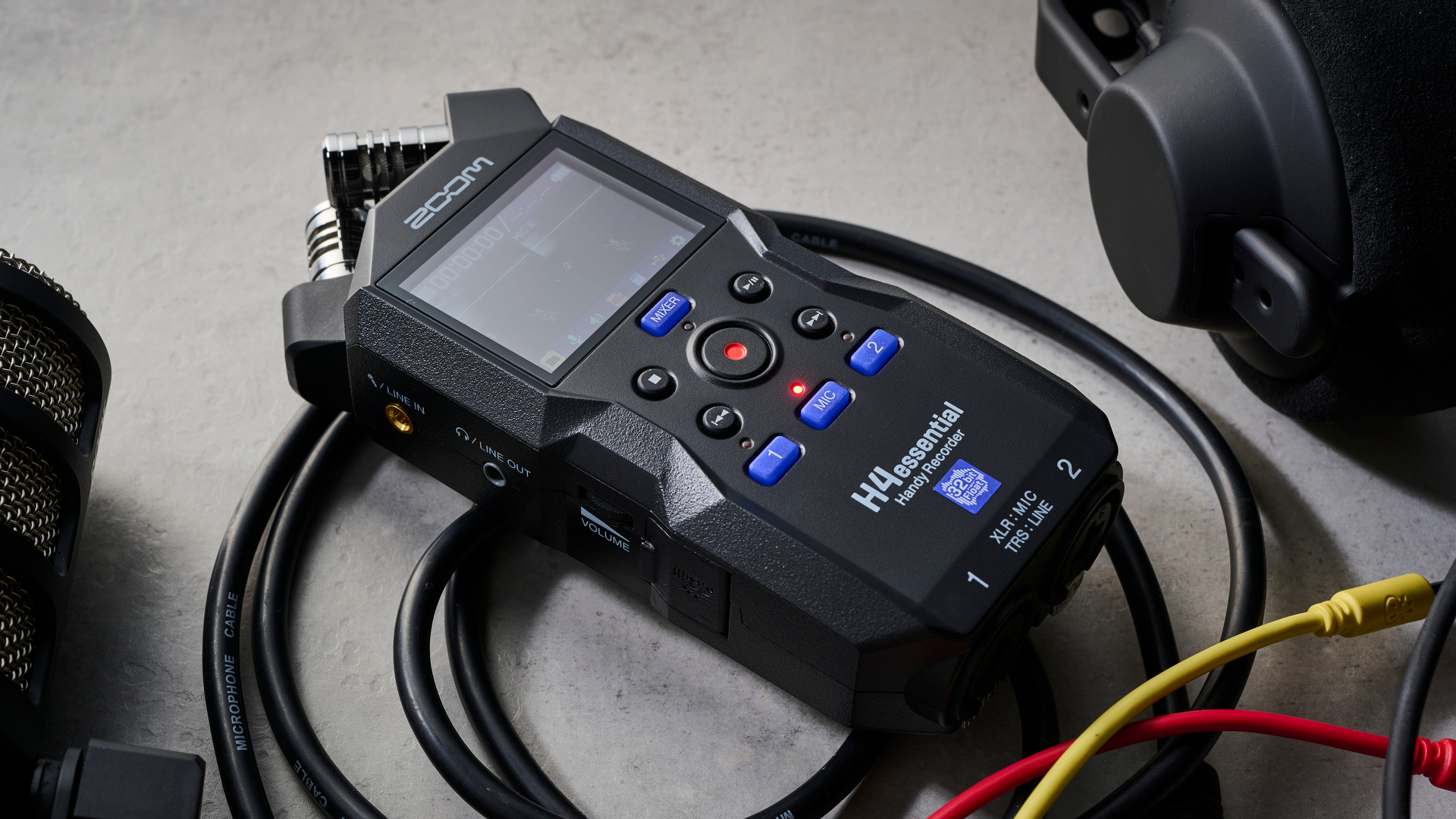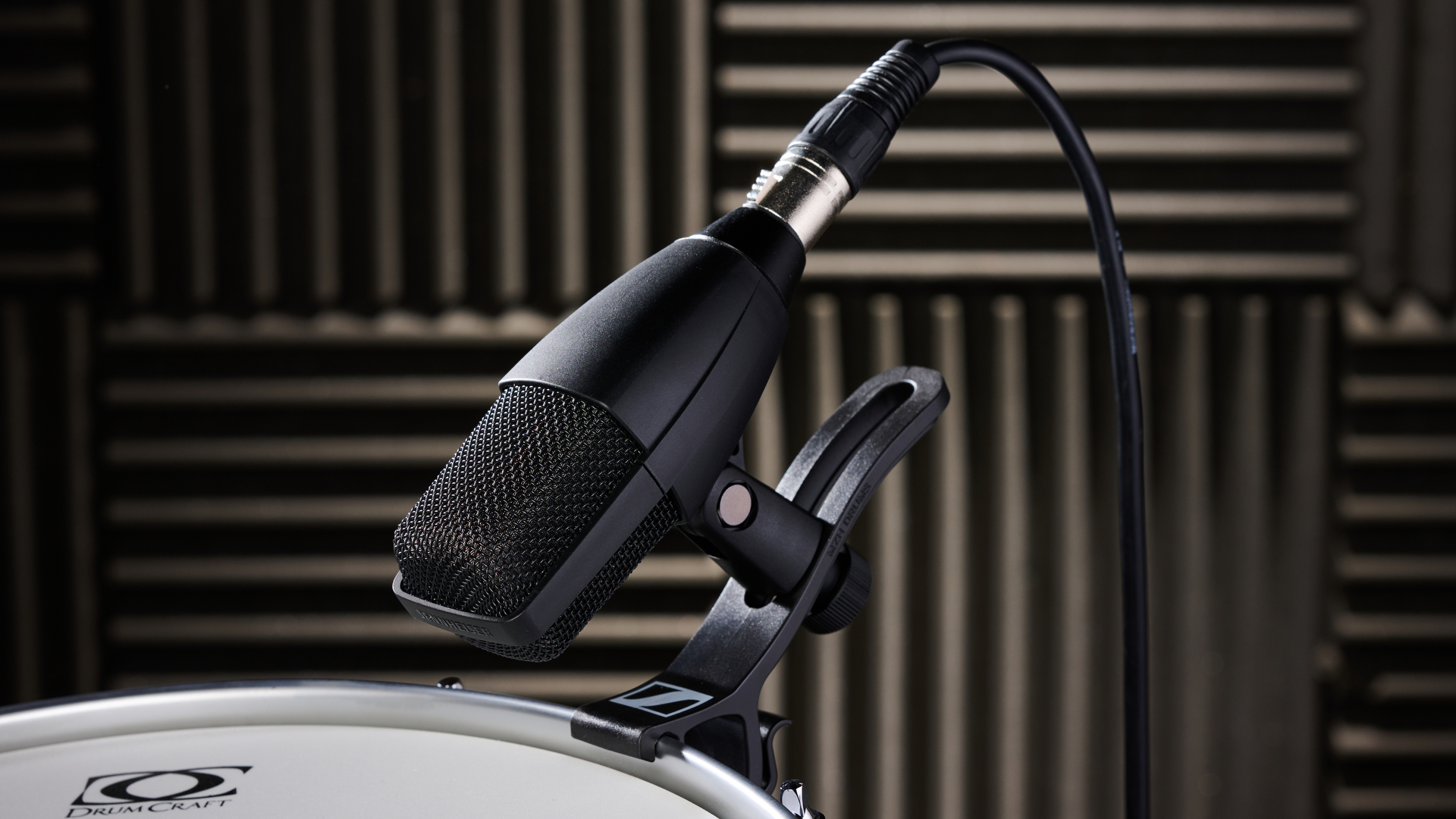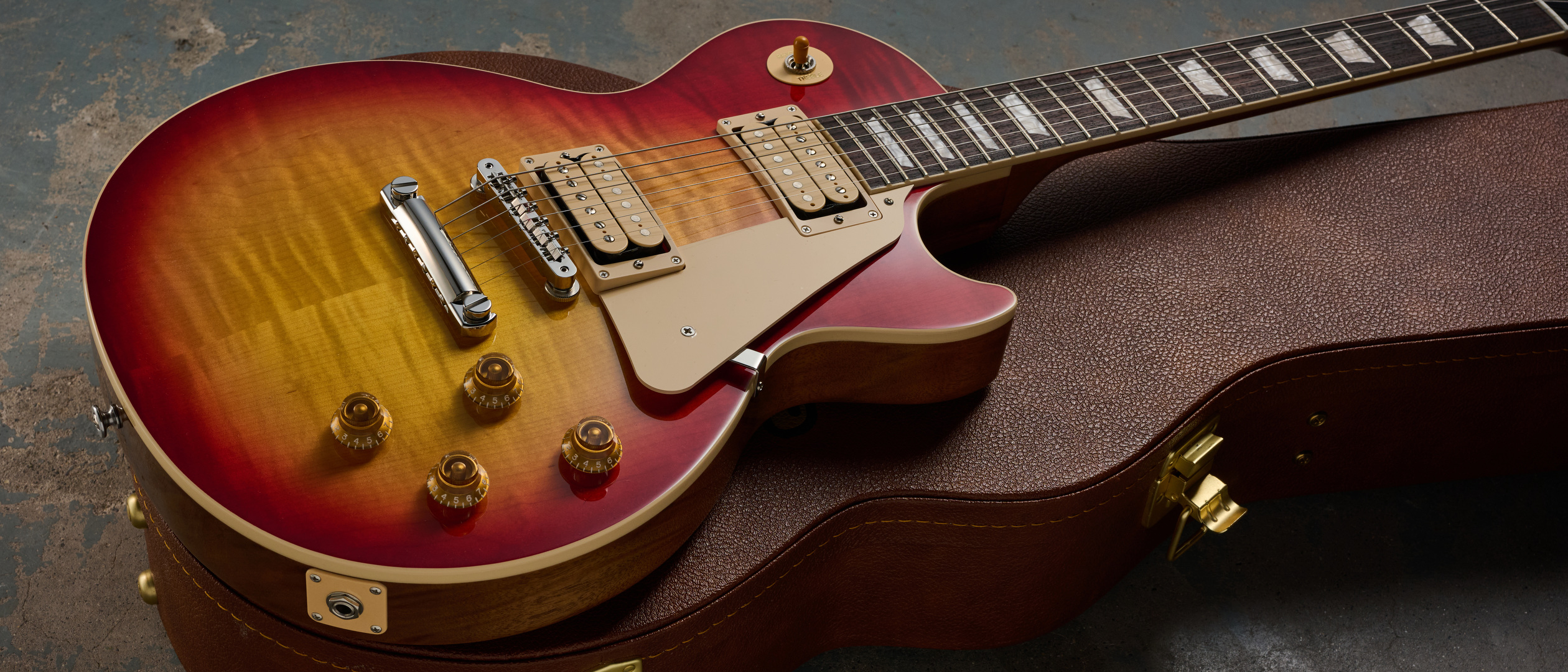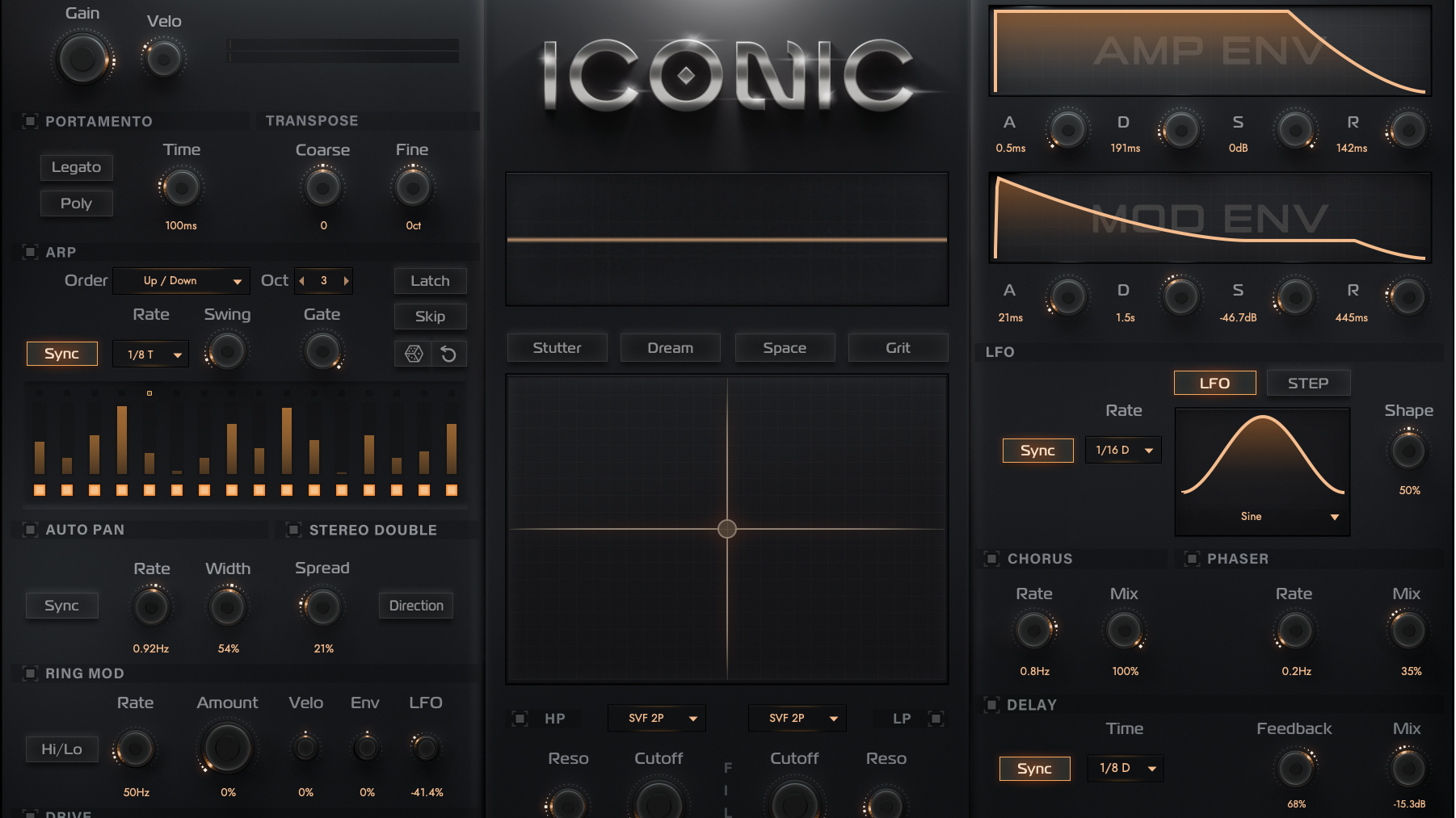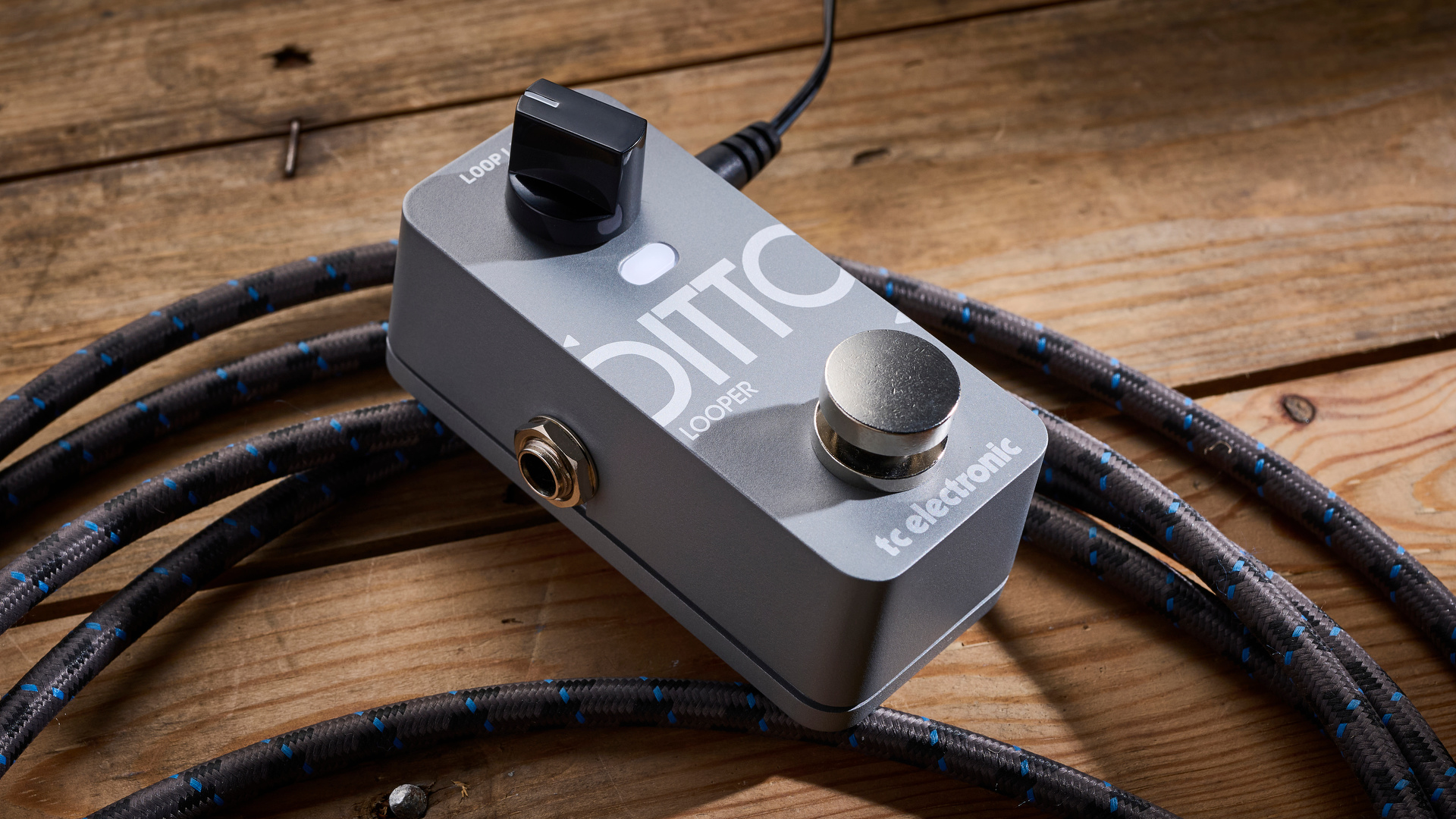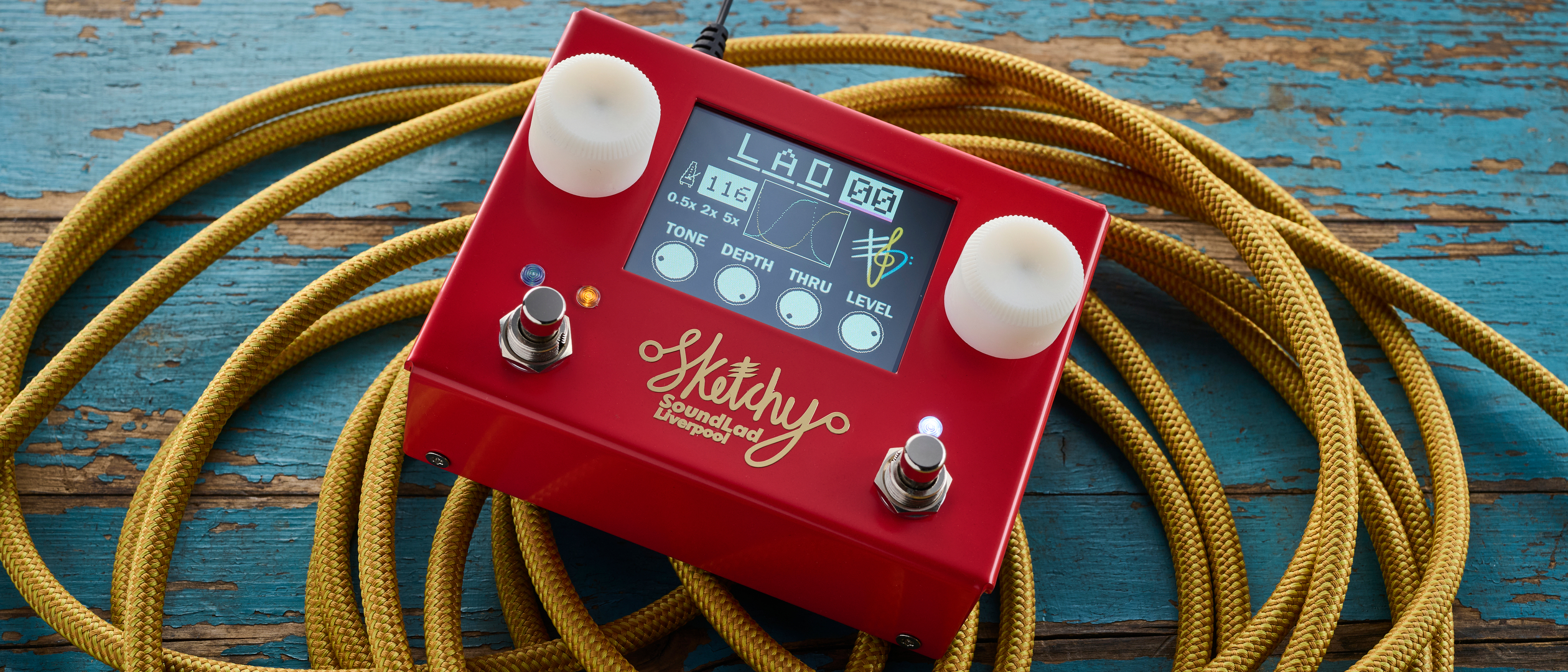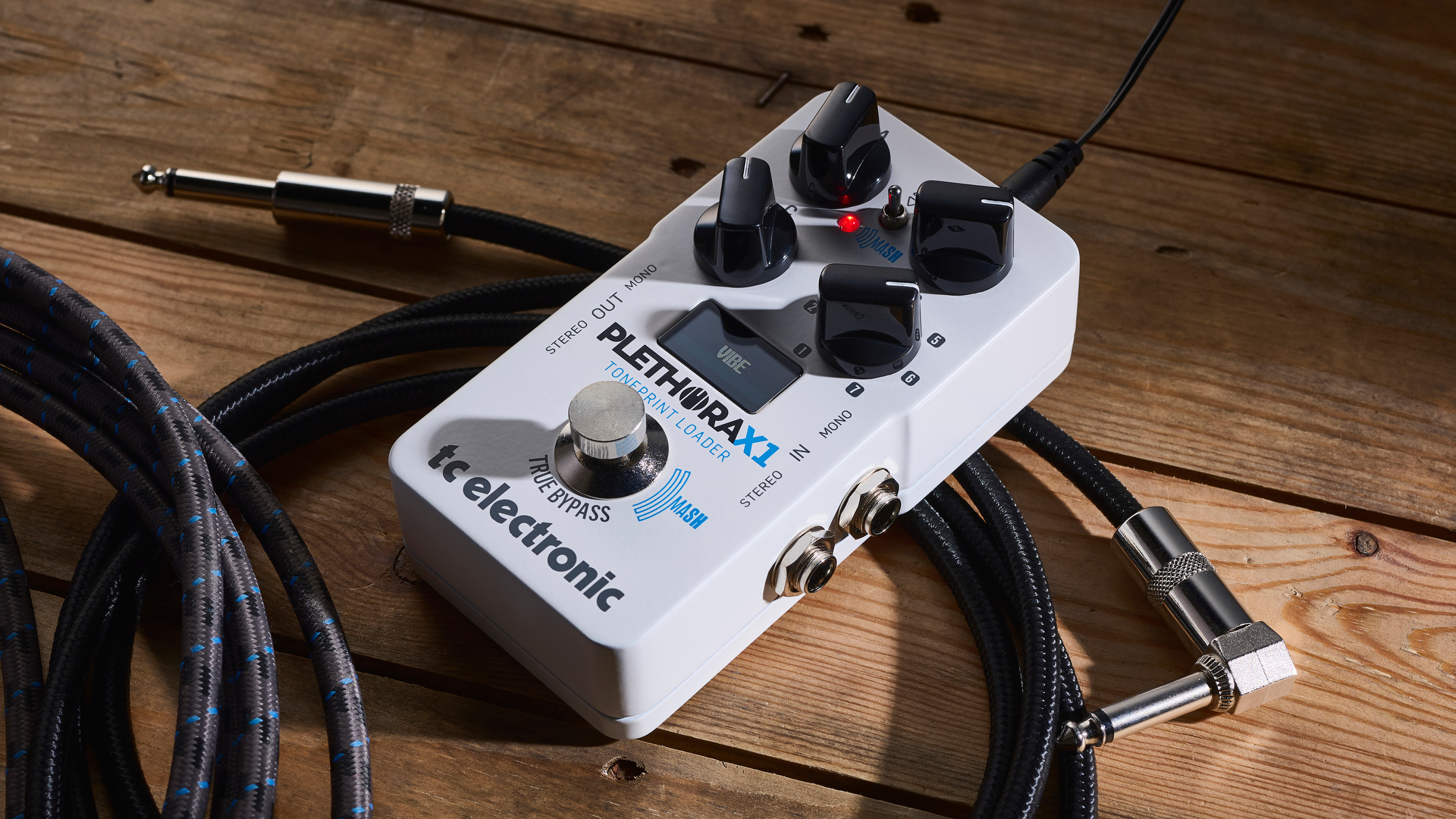MusicRadar Verdict
The Microwave 1 is an important and truly engaging synthesizer plugin, that is just as desirable as a classic product, as it is in the contemporary domain.
Pros
- +
Faithful recreation of the original Waldorf Microwave.
- +
Beautifully modelled oscillators and filters.
- +
Brimming with all of the original presets.
- +
Immediate access to the original wavetables, via the classic red pots.
Cons
- -
Limited to 8-note polyphony.
- -
No standalone version.
MusicRadar's got your back
What is it?
Waldorf holds a form of legendary status in the history of synthesis; it was the company that rose from the ashes of PPG, having brought the concept of wavetable synthesis to the masses. This holds true today, with a number of high-profile synths that provide wavetable functionality, through both software and an outstanding number of hardware products, which include the Quantum, Iridium and M.
The original hardware Microwave was produced in 1989, as a rackmount unit, and was the first Waldorf product to be released. The Microwave 1 is a painstaking facsimile of the original in software form, available in all the usual plugin formats. According to Waldorf, this has been in creation for many years, with modelling that stems from the original unit’s idiosyncrasies, so we can expect this to sound very much like an original, warts and all!
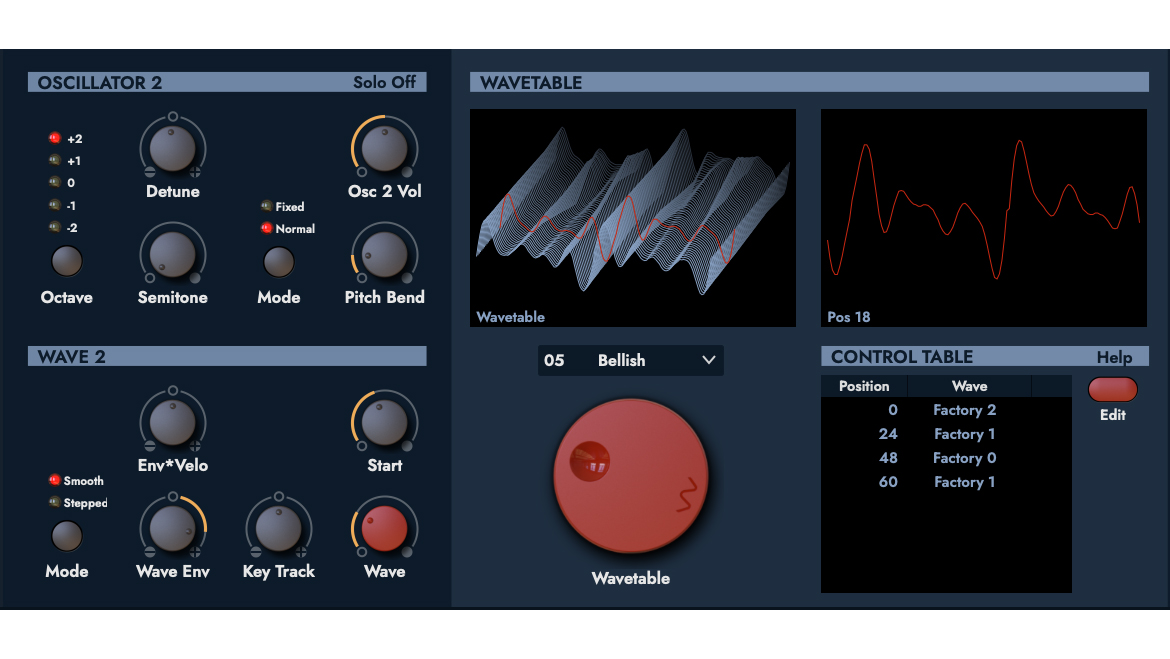
Performance
The Microwave signal construct begins with two matched oscillators. While the plugin is packed full of presets, which include all of the original presets from the original hardware, our first port of call is to initialise a patch and listen to the wavetable content. Waldorf has maintained the classic red potentiometers, the largest of which allows you to scroll through the wavetable content. Sure enough, the abrasive, harsh and 8-bit digital sound of the ensuing waves is stunning, but don’t worry! Any harshness can be easily tamed at the filtering stage.
For the uninitiated, wavetable synthesis includes many of the operational elements of subtractive synthesis, such as filters and envelopes, but with oscillators that provide far more complex waveforms. In fact, a wavetable is effectively a series of waveforms, with the capacity to sweep through in real-time, allowing an unparalleled amount of movement within a sound. This movement can also be controlled through modulation.
The original 32 wavetables are included, but it’s important to stress that these can be edited, while user-created wavetables may also be imported. If you want to revert to subtractive-style waveforms, these are also available and can be useful for supporting a swept wavetable, bolstering the fundamental frequency.
It’s important to note that the original technology was reliant upon 8-bit sampling, and Waldorf has insisted upon maintaining this level of ‘crunchiness’ in the wavetables. In their unfiltered state, they can sound a little raw, but curiously sound all the more endearing as a result. These waves will cut through a mix at 20 paces, and sometimes that’s exactly what you want for a lead or a bass sound.
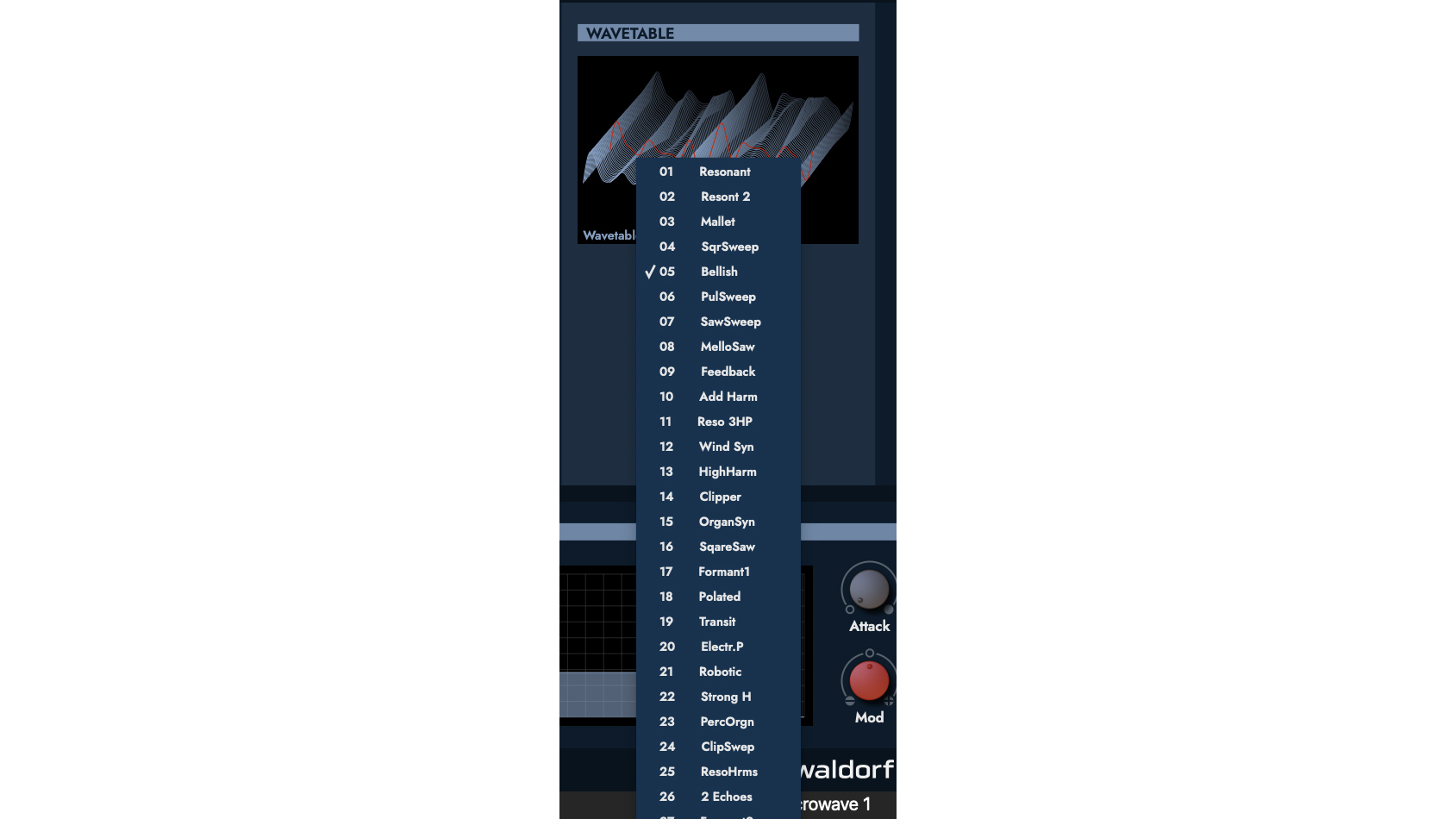
Filter revisions
One of the original Waldorf and PPG calling cards, was the use of analogue filters, to help soften the sound of the digital oscillators. Once again, Waldorf has gone to great extremes to model these analogue filters, which are incredibly effective when trying to create more subtle pads or strings.
In keeping with late '80s filters, the resonance can be applied quickly and liberally, so you need to be a little careful if you don’t want to destroy your hearing for the day. The filter cutoff is wispy and exceptionally characterful; just what we want!
Modulation and glides
There are a considerable number of modulation options available too, which include three dedicated envelopes, for wave, filter and volume. One area that surprised us, and became something of an unsung hero, is the glide section, which provides six different glide options, including Glissando, which steps your required glide in semitones.
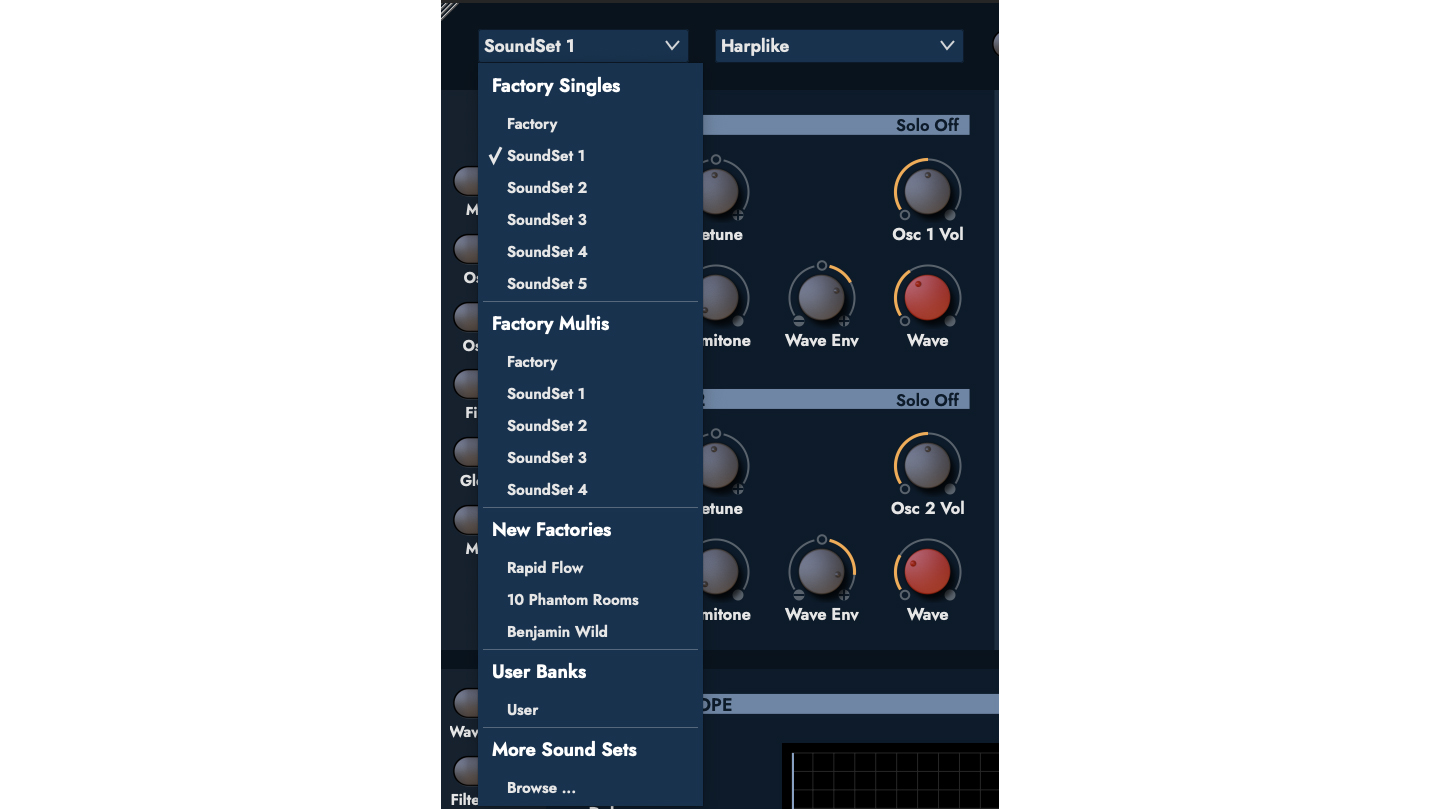
Verdict
There are several things that we adore about this revisit to a late-'80s classic. Very high on the list is its immediacy and usability. The interface provides a level of access that was quite tricky on the original, and this importantly extends to the multi-mode functionality; it’s now very easy to layer and split patches across the keyboard, which was nothing short of a nightmare to do on the original.
The wavetable sources are inspiring, and the amount of amazing content that you can create while only using the oscillators, speaks volumes of the quality of both the original product and this superb reincarnation. Add the filtering and extensive modulation options, and this is a synthesizer that invites immeasurable amounts of experimentation.
As a sonic prospect, the overall sound is very detailed, and extends deep in tone, lending itself to a number of different patch requirements, from leads and basses to plucks and pads.
Hands-on demos
WaldorfMusicChannel
Alternatives
The engaging interface of Pigments provides a truly creative canvas, with a host of functionality.
Read the full Arturia Pigments review
This reincarnation harks back to one of the original pioneering machines of wavetable synthesis.
Read the full Waldorf PPG 3.V review
This behemoth of a package has become an industry standard, offering wavetable synthesis, alongside many other sonic options.
Read the full Spectrasonics Omnisphere 2 review
Specifications
- Mac and PC: VST/3, AU and AAX plugin formats.
- Modelling of digital-to-analogue converters for each voice (DAC).
- Includes algorithmic and speech wavetables.
- Faithful recreation of 8-bit quantisation and aliasing.
- Easy to use wavetable editor based on internal control tables.
- User waveform editor.
- Faithful modelling of revision A and B analogue filters.
- Cutoff and resonance modulations.
- Up to 8 instruments which can be layered and split or any combination of both.
- Dynamic assignment of the voices in multi-mode.
- All factory single/multi presets included.
- 5 additional original sound sets.
- Contact: Waldorf
Roland Schmidt is a professional programmer, sound designer and producer, who has worked in collaboration with a number of successful production teams over the last 25 years. He can also be found delivering regular and key-note lectures on the use of hardware/software synthesisers and production, at various higher educational institutions throughout the UK
You must confirm your public display name before commenting
Please logout and then login again, you will then be prompted to enter your display name.
“Excels at unique modulated timbres, atonal drones and microtonal sequences that reinvent themselves each time you dare to touch the synth”: Soma Laboratories Lyra-4 review
“I used everything I knew about music”: How Green Day exceeded expectations with their most ambitious song
YouTube just added AI tools that makes musicians, library music and video editors redundant
